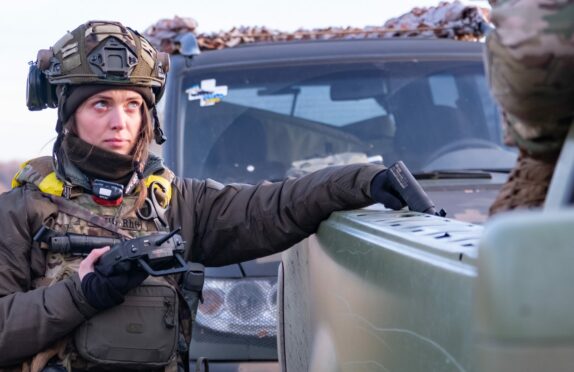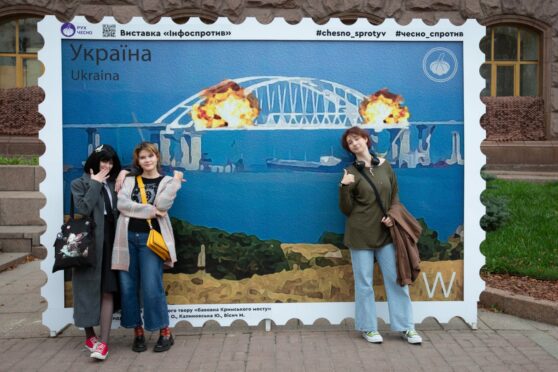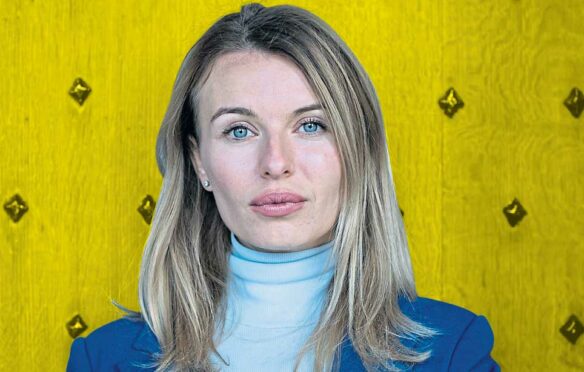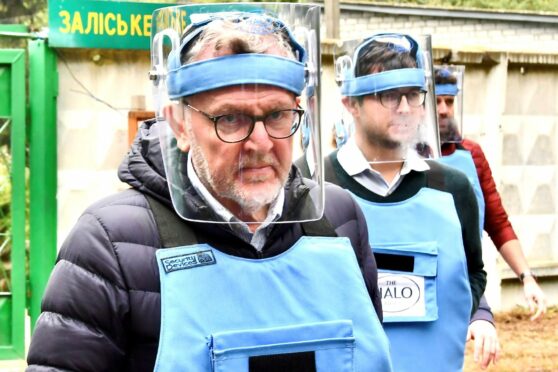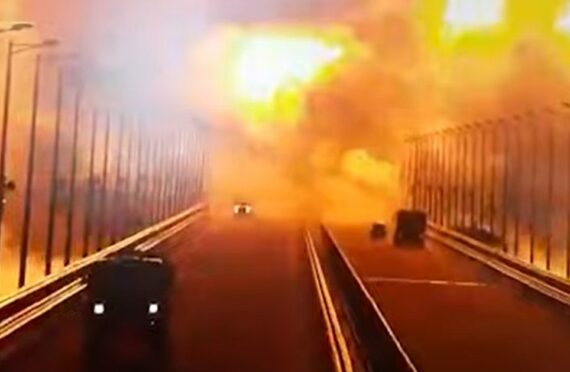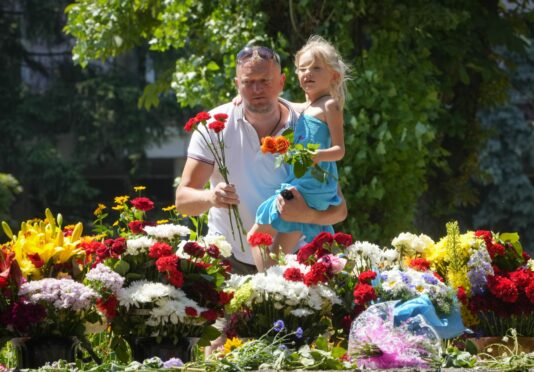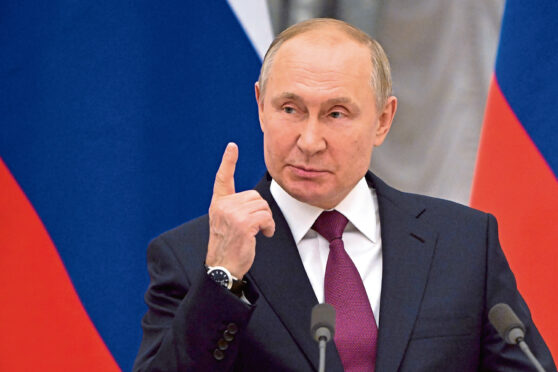
War is peace. Freedom is slavery. The nightmarish slogans from George Orwell’s 1984 came to life last week in Russia.
Russian propaganda is unbelievably crude. But given the almost impenetrable information shield that Vladimir Putin has thrown around his country, it may also be successful – at least for his domestic audience, who need to be constantly reminded that his war in Ukraine is a just one.
So when the whole world watched in horror the aftermath of the Russian attack on a maternity hospital in Mariupol, Russians were told that it was actually a military base, run by the notorious far-right Azov battalion.
They were told film of the pregnant women staggering out of the building, covered in blood was all “staged”. A film director then explained that all you need is a film set, good props, and – here’s the sickening icing on the cake – a “touching” image of a Madonna and child.
The lies are so appalling one wonders what Kremlin fantasy will next come true. Given that they are now pushing the line about Americans developing biological weapons at secret laboratories in Ukraine, it seems only a question of time before they are used. If the Russian army deploys them, care has already been taken to make it look like another Ukrainian atrocity.
What we don’t know is how much of this nonsense is fed to Putin himself by his own intelligence services. Does he get told the truth as well as the spin? I suspect he does not, for in the topsy-turvy world of a totalitarian state, courtiers prefer to feed their leader the lies he demands, rather than risk their own heads by telling him the truth.
For this reason, Putin may be less aware than he should be of the plain fact that almost everything in his invasion plan seems to be going badly. Surely he must realise that grateful Ukrainians did not pour out to greet their Russian liberators with flowers.
Surely he must know that his ultimate goal of pacifying Ukraine has gone up in smoke. Even a deluded president must understand that a nation bombed out of their homes is not going to bow down in gratitude.
And yet Putin shows little sign of understanding how his plans have backfired. The West is more united than ever before in the face of his aggression. Countries such as Germany, that always tried hard to take account of Russia’s perspective, have become hardliners – Chancellor Olaf Scholz suspended the new Nordstream 2 gas pipeline, and added €100 billion to Germany’s defence budget.
France also saw itself as an intermediary. President Macron kept up a dialogue long after others hung up. But he too discovered the hollow deafness at the other end of the line.
Putin’s goal – for 20 years – has been to stop the further enlargement of Nato. But now even neutral countries like Finland and Sweden are thinking of joining. Lithuania, Latvia and Estonia are counting their blessings at having joined just in time, to avail themselves of Nato’s Article 5 mutual defence clause, should Putin dare to attack them too.
But the biggest sign of Putin’s delusion is that he perseveres with a military assault that is achieving precisely the opposite of what he set out to achieve. Instead of dissolving the Ukrainian nation into the Russian family, he has given it a new sense of identity and unity. Like Edward II to the Scots, he may be remembered by future generations of Ukrainians as the proud over-reaching king they sent home “to think again”.

Enjoy the convenience of having The Sunday Post delivered as a digital ePaper straight to your smartphone, tablet or computer.
Subscribe for only £5.49 a month and enjoy all the benefits of the printed paper as a digital replica.
Subscribe